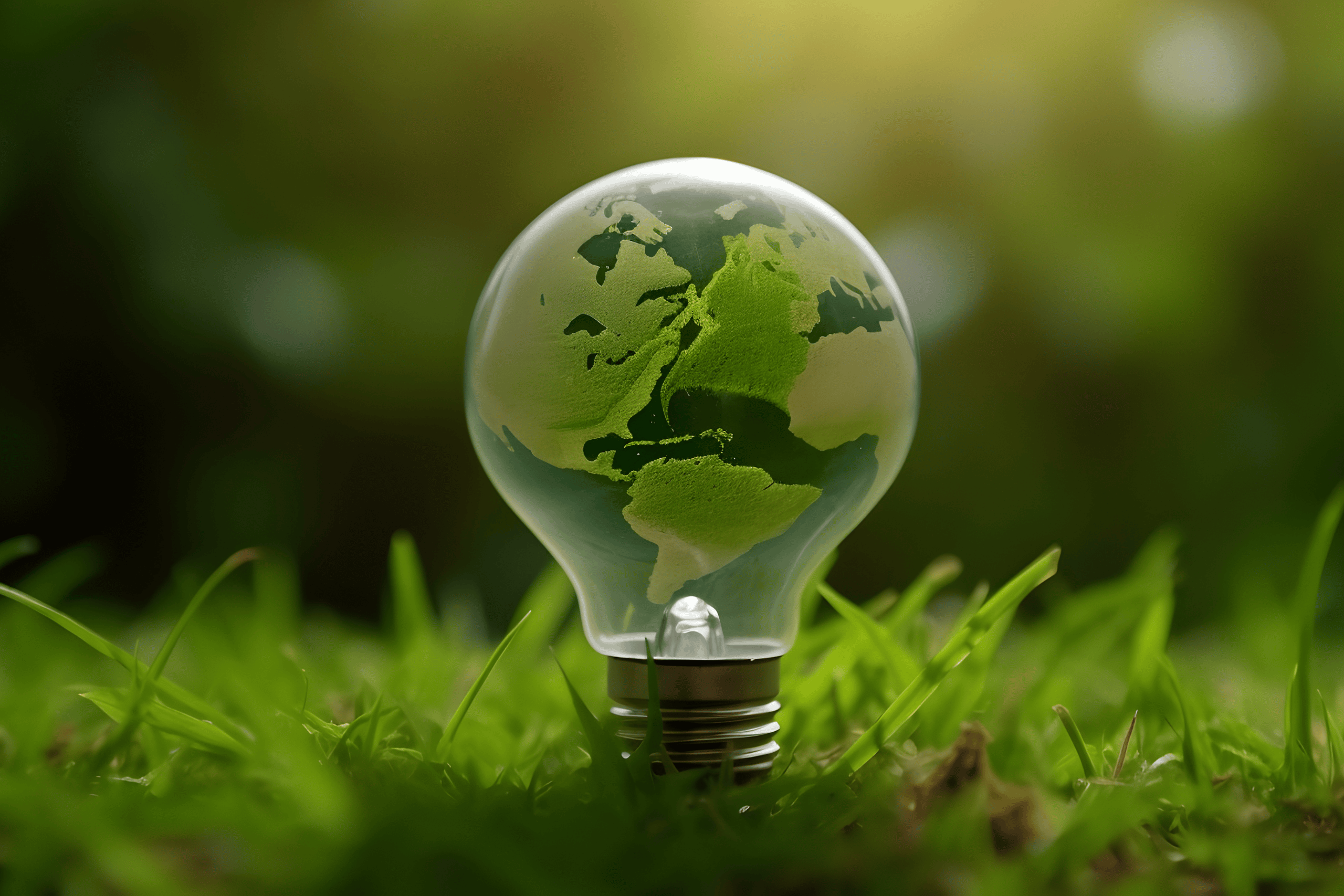
The Future of Sustainable Energy: A Path Toward a Greener Tomorrow
The global energy crisis has become one of the most pressing issues of our time, and it is no longer a topic we can afford to ignore. Our reliance on fossil fuels—such as oil, coal, and natural gas—has fueled the world’s industrial growth for centuries, but the environmental and social costs have mounted alarmingly. The growing energy demand, paired with climate change, air pollution, and depleting natural resources, underscores the urgency for sustainable energy solutions. The International Energy Agency (IEA) predicts a 50% increase in global energy demand by 2050. Meeting this demand with fossil fuels is neither feasible nor responsible, making the shift to renewable energy sources not just a choice, but a necessity.
What is Sustainable Energy?
Sustainable energy refers to energy generated from sources that are naturally replenished and have minimal impact on the environment. Unlike fossil fuels, which are finite and contribute to global warming and pollution, sustainable energy is derived from renewable sources such as sunlight, wind, water, and geothermal heat. These sources offer a cleaner alternative to traditional energy systems.
- Solar Energy: Solar power harnesses the sun’s rays using photovoltaic cells to produce electricity. Solar energy is the most abundant energy source on Earth, and advancements in technology have made it accessible for both residential and commercial use. Solar panels, once considered a luxury, are now increasingly affordable and widespread.
- Wind Energy: Wind turbines convert the kinetic energy from wind into electricity. Wind farms are typically located in areas with consistent and strong winds, such as coastal regions or open plains. When placed strategically, wind energy is a highly efficient and clean power source.
- Hydropower: One of the oldest forms of renewable energy, hydropower generates electricity by using the flow of water through dams. Although it can have some environmental impacts, it remains a critical source of renewable electricity, particularly in countries with abundant water resources.
- Geothermal Energy: By tapping into the Earth’s internal heat, geothermal plants provide a stable, round-the-clock power source. This form of energy is particularly advantageous for regions near tectonic plate boundaries, where geothermal activity is strong.
The future of energy is inevitably tied to sustainability. However, transitioning from a fossil fuel-dependent global economy to one driven by sustainable energy comes with its own set of challenges.
A Closer Look at the Benefits of Sustainable Energy
The benefits of transitioning to sustainable energy are vast, addressing both environmental and economic concerns that affect billions of people worldwide. The shift to renewable energy could be the key to combating climate change and enhancing global energy security.
- Reducing Carbon Emissions: Energy production is responsible for about 25% of global greenhouse gas emissions, according to the U.S. Environmental Protection Agency (EPA). Fossil fuels release significant amounts of carbon dioxide into the atmosphere when burned, contributing to global warming and climate change. By replacing fossil fuels with clean energy sources like solar and wind, carbon emissions could be drastically reduced.
- Cost-Effectiveness: One of the major hurdles in the past for renewable energy has been cost. However, this is rapidly changing. According to the International Renewable Energy Agency (IRENA), the cost of solar energy dropped by an astounding 82% between 2010 and 2020, while wind energy prices decreased by 40%. In many parts of the world, renewable energy has become the most affordable option for new power generation, outcompeting even the cheapest fossil fuel alternatives.
- Job Creation: The renewable energy sector is a powerful engine for job growth. IRENA’s 2021 “Renewable Energy and Jobs Annual Review” found that 12 million people were employed in the renewable energy industry by the end of 2020, a number that continues to grow. Jobs in solar, wind, hydropower, and other renewables are growing faster than those in traditional fossil fuel industries, creating new opportunities for economies to thrive.
- Energy Independence: For many countries that lack domestic oil or natural gas reserves, renewable energy offers a pathway to energy independence. By harnessing local resources like sunlight or wind, nations can reduce their reliance on imported fossil fuels, thereby improving their energy security and reducing costs associated with fuel imports.
Challenges Facing Sustainable Energy Adoption
Despite the numerous benefits, widespread adoption of sustainable energy still faces significant challenges. Overcoming these obstacles will require coordinated efforts from governments, businesses, and individuals.
- Energy Storage: One of the biggest challenges facing renewable energy is energy storage. Solar and wind power are intermittent, meaning they are not always available when demand is high—solar panels only generate electricity during the day, and wind turbines only work when the wind is blowing. This variability makes it necessary to develop efficient, large-scale battery storage systems that can store excess energy for use when generation is low. While advances in battery technology, such as Tesla’s Powerwall and breakthroughs in lithium-ion batteries, are making progress, there is still a long way to go to meet global energy storage needs.
- Infrastructure: Transitioning to a renewable energy grid requires significant infrastructure investment. According to a 2020 McKinsey & Company report, an estimated $3.5 trillion needs to be invested annually in renewable energy infrastructure until 2050 to meet global climate targets. This includes upgrading power grids to handle the variable nature of renewable energy, improving energy storage capabilities, and building new renewable energy plants to meet growing demand.
- Policy and Regulation: Governments play a critical role in the renewable energy transition. Policies such as subsidies for renewable energy projects, tax breaks for green technologies, and carbon pricing are essential for encouraging the development of sustainable energy. International agreements like the Paris Agreement are pushing nations to adopt cleaner energy sources, but individual government action is crucial for accelerating the pace of change.
The Role of Technological Innovation
Innovation will be a cornerstone of the sustainable energy transition. Technological advancements in artificial intelligence (AI), machine learning, and other fields are helping optimize energy systems and make renewable energy more reliable. For instance, AI is already being used to predict energy demand and adjust renewable energy production accordingly. Google’s AI-powered wind energy platform, for example, can forecast wind output 36 hours in advance, enabling better energy storage and grid efficiency.
Beyond current technologies, research into new forms of energy, such as fusion energy, offers the potential for revolutionary changes. Fusion energy, which seeks to replicate the processes that power the sun, promises virtually limitless clean energy with minimal environmental impact. Although fusion is still in the experimental phase, companies like ITER and Helion Energy are making strides that could pave the way for a fusion-powered future.
Expert Opinions on the Future of Sustainable Energy
Experts around the globe agree on the importance of transitioning to sustainable energy. Fatih Birol, Executive Director of the International Energy Agency (IEA), has stated that “renewables are set to become the largest source of electricity by 2025, surpassing coal.” He emphasizes the need for greater government investment to speed up the adoption of clean energy technologies.
In a 2023 interview, Bill Gates highlighted the role of innovation, saying, “We are still in the early days of the energy transition. Governments, companies, and researchers need to collaborate to bring down the costs of new technologies like advanced nuclear and energy storage.”
The World Economic Forum (WEF) stressed the importance of collaboration in its 2022 report, noting that public-private partnerships will be essential in scaling up renewable energy technologies globally.
How You Can Contribute to a Sustainable Energy Future
You don’t have to be an industry expert or a policymaker to contribute to a sustainable energy future. There are many ways individuals and businesses can help. On a personal level, you can install solar panels on your home, switch to energy-efficient appliances, or choose green energy providers. Small lifestyle changes, like reducing energy consumption and supporting renewable energy-friendly policies, can make a difference.
For businesses, adopting renewable energy for operations not only reduces the carbon footprint but also sets an example for others. Large companies can lead by committing to renewable energy goals, as seen with corporations like Apple and Google, which have pledged to power their global operations entirely with renewable energy.
Conclusion: The Path Forward
Sustainability is not a distant goal—it is an urgent necessity. The future of energy is rooted in clean, renewable resources, but the path forward is complex. Overcoming challenges like energy storage, infrastructure transformation, and policy reform requires innovation, investment, and collaboration. Governments, businesses, and individuals all have a role to play in shaping a greener, more sustainable future. Together, we can transform the global energy landscape, combat climate change, and ensure a healthy planet for future generations.
References:
- International Energy Agency (IEA). (2020). World Energy Outlook 2020.
- U.S. Environmental Protection Agency (EPA). (2021). Sources of Greenhouse Gas Emissions. Retrieved from https://www.epa.gov/ghgemissions/sources-greenhouse-gas-emissions
- International Renewable Energy Agency (IRENA). (2021). Renewable Energy and Jobs: Annual Review 2021. Retrieved from
- McKinsey & Company. (2020). How the energy transition will reshape the global energy landscape. Retrieved from https://www.mckinsey.com
- World Economic Forum (WEF). (2022). Scaling Renewable Energy Technologies through Public-Private Partnerships. Retrieved from https://www.weforum.org
- Gates, B. (2023). Interview on the future of energy transition. The Verge. Retrieved from https://www.theverge.com












